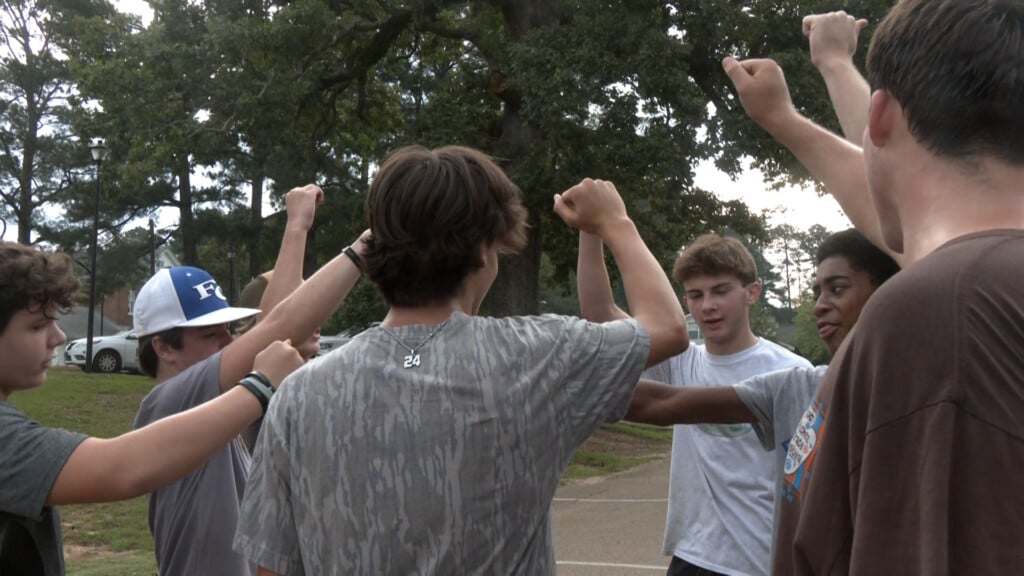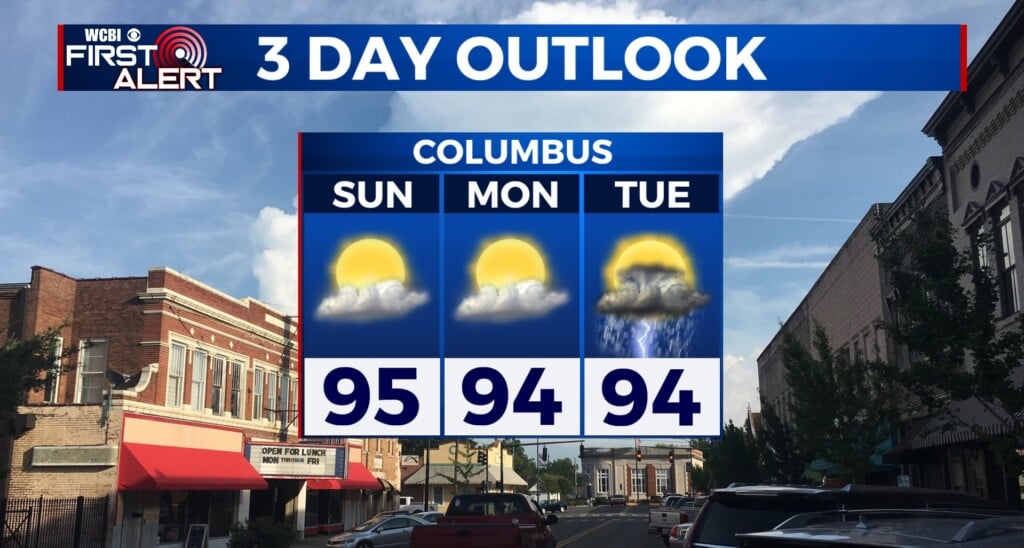Stocks drop for the week as layoffs spook Wall Street
Stocks fell on Friday after the government said U.S. employers cut 701,000 more jobs than they added last month, the first drop in nearly a decade. Wall Street suffered its third losing week of the last four as the economic outlook worsens for workers and businesses.
The Dow slumped 358 points, or 1.7%, to 21,055 on Friday, bringing the index’s weekly loss to a decline of 2.7%. The broad-based S&P 500 and tech-heavy Nasdaq both lost 1.5% on Friday. The S&P 500 last week had posted a 10.3% surge and a 15% drop in the prior two weeks.
The losses came after the government said U.S. employers cut 701,000 more jobs than they added last month, the first drop in nearly a decade. The latest employment report shows that the coronavirus has brought a sudden stop to a record 113 straight months of job growth. But economists believe the job market is likely in much worse shape than even today’s stark numbers suggest.
“There is far worse to come,” said Eric Winograd, senior economist at AllianceBernstein.
The U.S. economy may face three quarters of economic declines, including a contraction of 30% alone in the second quarter, according to Bank of America analysts. “We expect annual GDP this year will be down 6%,” they wrote in a Friday note to clients. “We expect between 16 and 20 million jobs to be cut with a peak unemployment rate of 15.6%.”
U.S. stock indexes held steady at first, then headed lower after the price of oil lost some of its momentum. That undercut a rally for energy stocks, which had been helping to keep the overall market’s losses in check. Losses accelerated after New York’s governor announced the biggest daily jump yet for deaths caused by the coronavirus in the country’s hardest-hit state.
Friday’s losses would be striking during a normal market, but since the market began selling off in mid-February, the average down day for stocks has brought an even steeper loss of 3.8%.
“The worry is, there’s just too much uncertainty,” said Mark Hackett, chief of investment research for Nationwide.
Economists say next month’s report may even show the economy has wiped away the last of the 22.8 million jobs created during its nearly decade-long hiring streak.
“It shows that markets have already factored in dismal economic numbers for at least the next few weeks,” said Peter Essele, head of portfolio management for Commonwealth Financial Network.
Sharp recession?
The S&P 500 is down 27% since its record set in February, reflecting the growing assumption that the economy is set to slide into a sudden, extremely sharp recession.
But the panic selling that dominated the first few weeks of the sell-off has calmed a bit since Washington unleashed massive amounts of aid to help markets and the economy. The Federal Reserve has promised to buy as many Treasury securities as it takes to keep lending markets running smoothly, and Congress approved a $2.2 trillion rescue plan for the economy.
“Together, these actions are staggering and unprecedented and will go some distance toward helping to cushion the economic blow of this health crisis and help get the country to the other side,” said Rick Rieder, chief investment officer of global fixed income at BlackRock.
Infection peak?
Now, markets are waiting to see when the number of new coronavirus infections peaks. Only that can give some clarity on how long the economic downturn will last and how deep it will be.
Businesses that were just hanging on before the outbreak because of the then-strong economy may not survive. Commonwealth Financial Network’s Essele pointed to retail chains and malls in particular.
“It’s a bit of a brush fire that we’re going to get,” he said. “The strong will survive on the other end of this.”
The United States has more than 258,000 confirmed cases of the virus, which leads the worldwide tally of more than 1 million compiled by Johns Hopkins University.
For most people, the coronavirus causes mild or moderate symptoms, such as fever and cough. But for others, especially older adults and people with health problems, it can cause more severe illness, including pneumonia, and death.
More than 56,000 people have died, but over 223,000 have recovered.





Leave a Reply